In the fast-paced digital age, businesses must stay visible and competitive online. A powerful way to make your brand stand out is by utilizing Search Engine Optimization in digital marketing. SEO is a powerful strategy that can significantly enhance a website’s visibility on search engines like Google, Bing, and Yahoo, driving more organic traffic, and ultimately generating more leads and sales. It’s a crucial strategy for any business aiming to build a robust online presence.
In this detailed guide, we will delve into Search Engine Optimization within the realm of digital marketing. We’ll discuss its importance, how it works, and the best practices that can help you leverage SEO to boost your website’s rankings and drive quality traffic to your site. From keyword research to technical SEO and local SEO, this blog will cover everything you need to know to implement an effective SEO strategy.
Table of Contents
1. What does Search Engine Optimization (SEO) mean in the context of online marketing?
Search Engine Optimization in digital marketing involves optimizing a website to enhance its ranking and visibility on search engine results pages (SERPs).The objective of SEO is to achieve higher positions in organic search rankings for targeted keywords or phrases that align with your business, product, or service. In Search Engine Optimization in Digital Marketing Content quality is also a significant ranking factor; regularly updated, informative, and engaging content enhances the chances of ranking higher and increases The probability of users remaining on the site for an extended period.
SEO is often divided into three main areas:
- On-Page SEO: Enhancing various aspects of your website, including content, meta tags, images, and internal links.
- Off-Page SEO: Activities that occur outside of your website to improve its authority and trustworthiness, such as backlinks and social media signals.
- Technical SEO: Optimizing your website’s infrastructure, such as page load speed, mobile-friendliness, and proper indexing.
Search Engine Optimization in Digital Marketing focuses on organic results, meaning it helps your website rank based on merit rather than paid advertising. Achieving higher rankings in search results can drive more traffic to your website, boosting brand visibility and increasing the likelihood of sales.
2. Why SEO is Crucial in Digital Marketing
In the realm of digital marketing, SEO stands out as one of the most effective tactics for businesses. Without Search Engine Optimization in digital marketing, even the best content can get lost in the vast sea of the internet, making it harder for businesses to connect with their target audience Here are several reasons why Search optimization in Digital Marketing is crucial Search Engine Optimization in digital marketing plays a vital role by enhancing a website’s visibility, driving targeted traffic, and increasing brand awareness through higher search engine rankings.
1. Increased Organic Traffic
The most obvious benefit of Search Engine Optimization in Digital Marketing is an increase in organic traffic to your website. When your website achieves a higher position on search engine results pages (SERPs), it attracts increased visibility among potential customers. Since most people don’t scroll past the first page of search results, securing a top spot can significantly increase the chances of users engaging with the site for a longer period.
2. Cost-Effective
Compared to paid advertising like Google Ads or Facebook Ads, SEO is a relatively cost-effective strategy. While SEO requires time and resources to implement, once your site begins to rank well, the traffic you gain is free—there are no ongoing costs for clicks or impressions. On the other hand, paid advertising demands ongoing investment to sustain visibility.
3. Builds Brand Credibility and Trust
Websites that rank on the first page of search results are typically viewed as more reliable and authoritative by users. Google’s algorithm considers various factors, such as the relevance and quality of your content, the user experience, and your website’s authority. Ranking higher in SERPs signals to users that your website is a reputable source of information, which builds trust with your audience.
4. Better User Experience
SEO isn’t just about achieving higher rankings—it’s about delivering an improved experience for your audience. When optimizing your site, you focus on elements like website speed, mobile responsiveness, and ease of navigation. A positive user experience can increase the time visitors spend on your site, reduce bounce rates, and improve conversion rates.
5. Long-Term Results
Although SEO demands ongoing effort, the outcomes are durable and long-term. Unlike paid advertising, where traffic stops once the budget runs out, SEO can continue to bring in organic traffic over time. Once your website starts ranking well, it can maintain that position with less ongoing effort.
3. How Search Engines Work
To understand Search Engine Optimization in Digital Marketing, it’s essential to first grasp how search engines work. Search engines use complex algorithms to determine which pages should rank for specific queries .Implementing Search Engine Optimization in digital marketing helps businesses gain a competitive edge by ensuring their content resonates with the ideal audience at the perfect time. Search engine optimization in digital marketing to improve website performance and user experience. Additionally, quality content and link-building efforts play key roles in improving domain authority and search engine rankings Here’s a simplified view of how search engines work:
1. Crawling
Search engines utilize bots (also called crawlers or spiders) to scan the web. These bots follow links from page to page and gather information about the content of each page they visit. Crawlers also check the structure of your website to ensure that it can be indexed correctly.
2. Indexing
After the crawlers collect data, the subsequent phase is indexing. Indexing involves storing and organizing the content from the crawled pages in a massive database, known as the search engine index. he ranking algorithm is complex and constantly evolving.
3. Ranking
When a user submits a search query, the search engine ranks the indexed pages according to factors like relevance, credibility, and user experience. The pages considered most relevant and credible are displayed at the top of the search results.. The ranking algorithm is intricate and continuously developing.
4. Key Elements of Search engine optimization in Digital Marketing
Successful Search Engine Optimization in digital marketing depends on four key elements: on-page SEO, off-page SEO, technical SEO, and local SEO. Search Engine Optimization in Digital Marketing are the foundational practices and strategies that help improve a website’s visibility, search engine rankings, and overall online presence. The process Search engine optimization in Digital Marketing involves techniques such as keyword research to understand user intent, on-page optimization to ensure content is aligned with search queries, and Technical SEO enhances website functionality and overall user experience. Let’s explore these key elements.
On-Page SEO
- Keyword Optimization: Research relevant keywords and integrate them into your content naturally. Incorporate them into title tags, meta descriptions, headings, and across your page content.
- Content Quality: High-quality, original, and informative content that answers the user’s query is a crucial ranking factor.
- Meta Tags: Ensure that your title tags and meta descriptions are optimized with your target keywords. These elements show up in search results and impact the click-through rate.
- Internal Linking: Link to other relevant pages within your website to help search engines crawl and index your content, and to provide additional value to your users.
- Mobile-Friendliness: With more users browsing from mobile devices, it’s essential that your website is mobile-optimized. Google also considers mobile-friendliness as a factor in its ranking algorithm.
Off-Page SEO
Off-page SEO includes activities that happen outside your website but influence its ranking. The most important off-page SEO strategy is backlink building.
- Backlinks :A backlink is a hyperlink from an external website that points to your site. Quality backlinks from authoritative websites can boost your site’s credibility and help it rank higher.
- Social Media Signals: Although not a direct ranking factor, social media engagement can drive traffic to your site and help increase brand visibility.
- Brand Mentions: Mentions of your brand, even without a direct link, can indicate to search engines that your brand is popular and authoritative.
Technical SEO
Technical SEO concentrates on enhancing the backend of your website to make it easier for search engines to crawl, index, and rank.
- Site Speed: Websites that load quickly offer a better user experience and are ranked higher by Google.
- XML Sitemap: A sitemap helps search engines understand the structure of your website and crawl it more efficiently.
- Secure Website (HTTPS): Google prioritizes websites with secure connections. Ensure your site is secured with HTTPS rather than HTTP.
- URL Structure: Clean, descriptive URLs that are easy to read and contain relevant keywords can improve SEO.
- Structured Data: Using schema mark up allows search engines to better understand your content and show rich snippets in search results.
Local SEO
Local SEO is essential for businesses with physical storefronts or those targeting specific geographic areas. It aims to optimize your website for location-based searches.
- Google My Business: Claim and optimize your Google My Business profile to show up in local search results.
- Local Listings: Verify that your business is included in local directories like Yelp and Yellow Pages.
- Local Keywords: Use location-specific keywords on your website (e.g., “best pizza in Los Angeles”) to increase your chances of ranking for local searches.
- Customer Reviews: Positive customer reviews on platforms like Google and Yelp can boost your credibility and help you rank higher locally.
5. The SEO Process: Step-by-Step Guide
Implementing Search engine optimization in Digital Marketing requires a systematic approach .Search Engine Optimization in Digital Marketing is a critical aspect of digital marketing that focuses on improving a website’s visibility on search engines like Google, Bing, and Yahoo Let’s break down the process:
Step 1 : Keyword Research
The first step in the SEO process is to conduct thorough keyword research. This involves identifying the terms and phrases your target audience is searching for. Tools like Google Keyword Planner, SEMrush, and Ahrefs can help find relevant keywords with good search volume and low competition.
Step 2 :On-Page SEO Optimization
Once you’ve identified your target keywords, the next step is on-page optimization. This includes optimizing the content, title tags, meta descriptions, header tags (H1, H2, etc.), and URLs. Ensure that keywords are strategically placed in these elements while maintaining natural and user-friendly language.
Step 3 :Technical SEO
Technical SEO focuses on the backend of your website, ensuring it’s easily crawled and indexed by search engines. Key components of technical SEO include improving site speed, ensuring mobile responsiveness, fixing broken links, creating an XML sitemap, optimizing URL structure, and using HTTPS for secure browsing.
Step 4 :Content Creation & Optimization
Content is king in SEO. Create high-quality, relevant, and engaging content that answers user queries and provides value. This could include blog posts, articles, videos, infographics, and more. Make sure the content aligns with the search intent behind the target keywords and offers something unique or better than existing content on the web.
Step 5 :Off-Page SEO & Link Building
Off-page SEO involves actions taken outside of your website to improve its authority and credibility. This primarily focuses on acquiring high-quality backlinks from reputable websites in your industry. Strategies like guest blogging, influencer partnerships, and creating shareable content can help build valuable backlinks.
Step 6 :User Experience (UX) & Engagement Optimization
A good user experience is essential for SEO success. Ensure your website is easy to navigate, visually appealing, and delivers a seamless experience across devices. Bounce rates and time spent on site are factors search engines consider, so creating a user-friendly environment can boost rankings.
Step 7 :Monitoring & Analytics
Regularly monitor your SEO efforts through tools like Google Analytics and Google Search Console. These tools provide insights into traffic, rankings, and any issues on your site. Use this data to track progress, identify areas for improvement, and adjust your strategy as needed.
Step 8 :Continuous Improvement & Updates
SEO is not a one-time effort. The search landscape is constantly evolving, and so should your SEO strategy. Regularly update content, optimize for new keywords, and stay informed about changes in search engine algorithms to maintain and improve your rankings.
Conclusion
Search Engine Optimization in Digital Marketing (SEO) is not just a technical skill—it’s a cornerstone of any successful digital marketing strategy. As businesses increasingly shift towards online channels, SEO offers a powerful, long-term approach to gaining visibility, attracting organic traffic, and driving conversions. From keyword research and content creation to on-page optimization and backlink strategies, each element of Search engine optimization in Digital Marketing plays a crucial role in ensuring that your website is discoverable, relevant, and authoritative in the eyes of search engines and users alike.
Author : Ajlab
for more queries DigiSkillz Digital Marketing course in Kottakkal


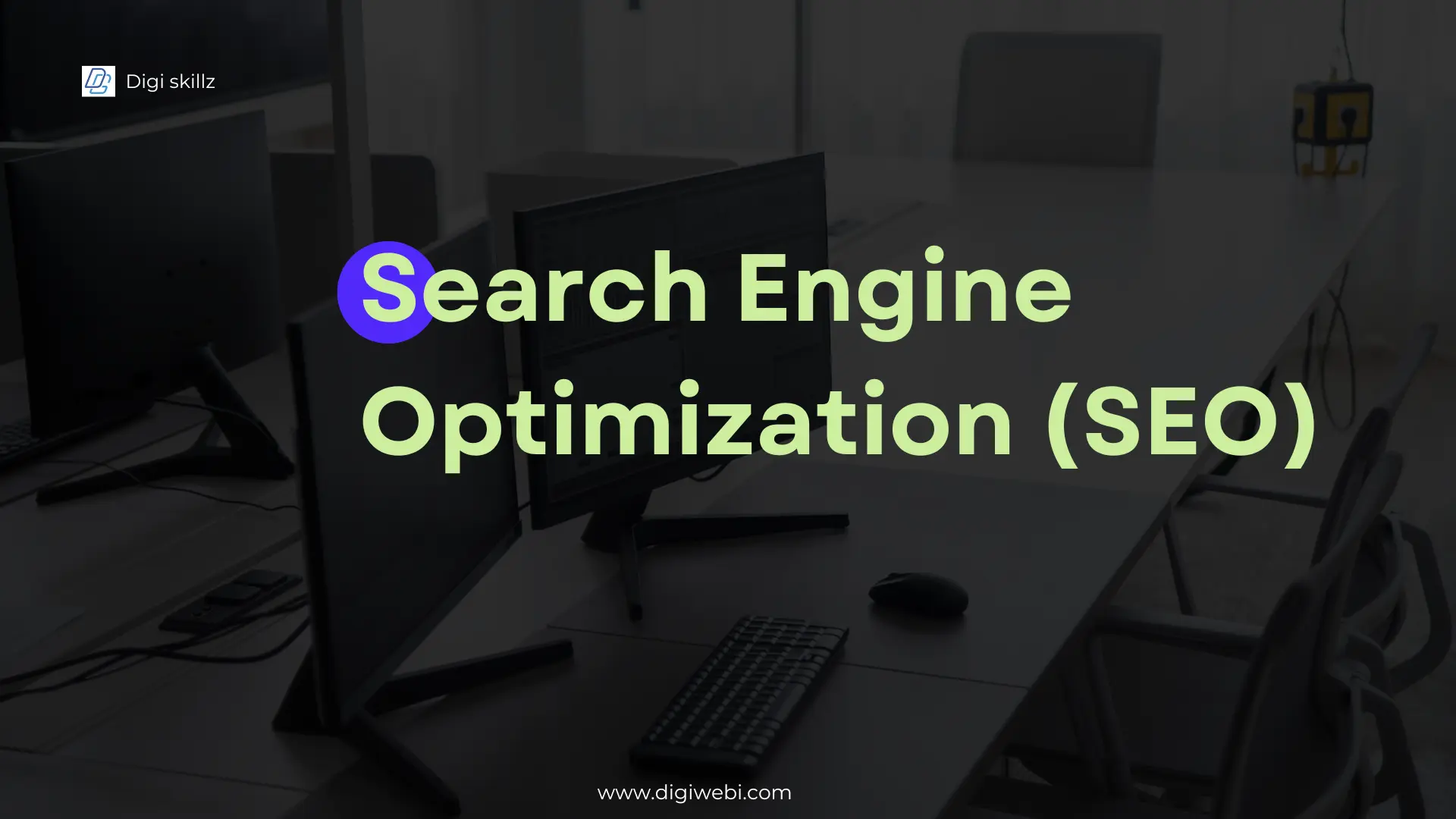





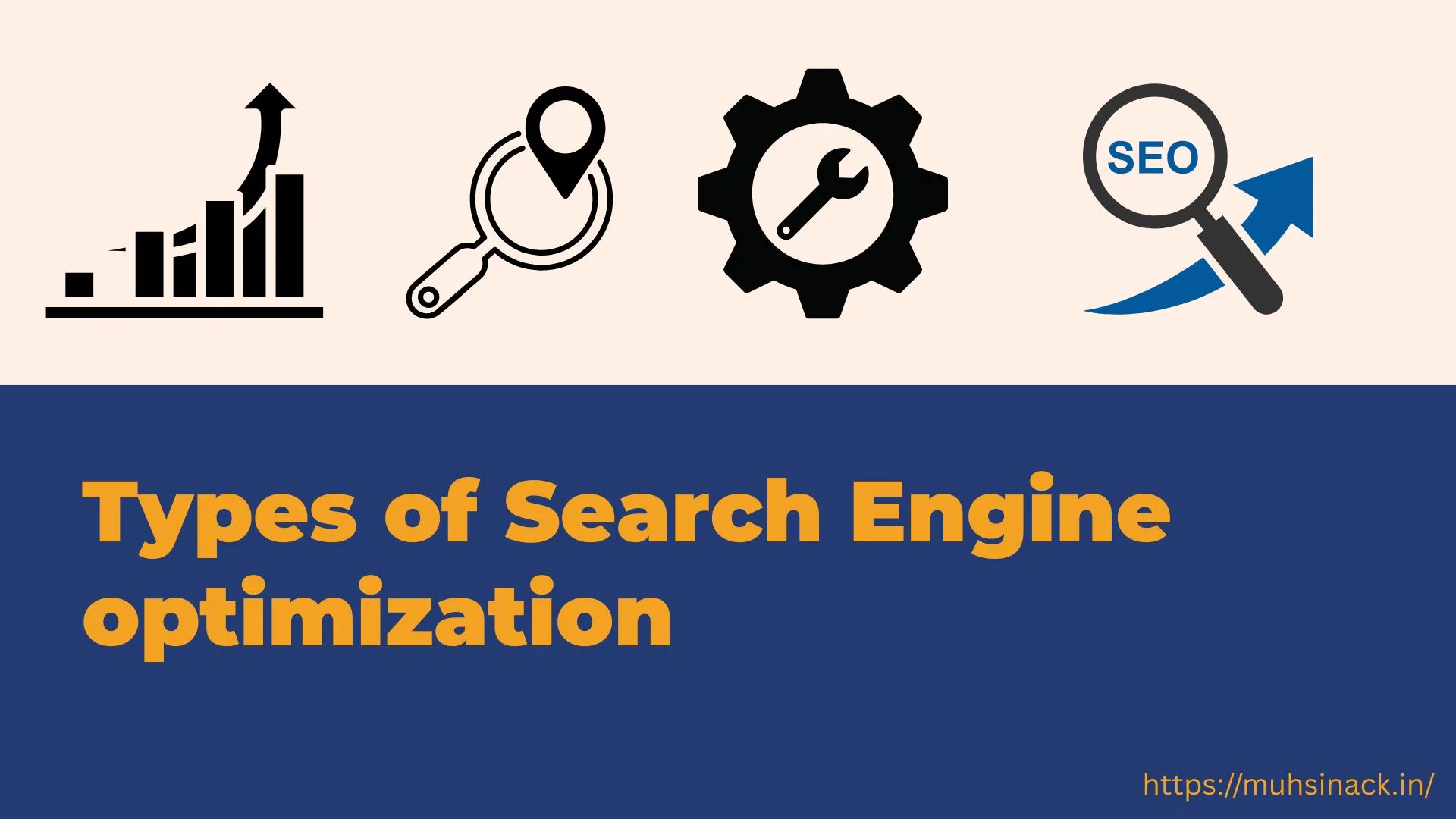


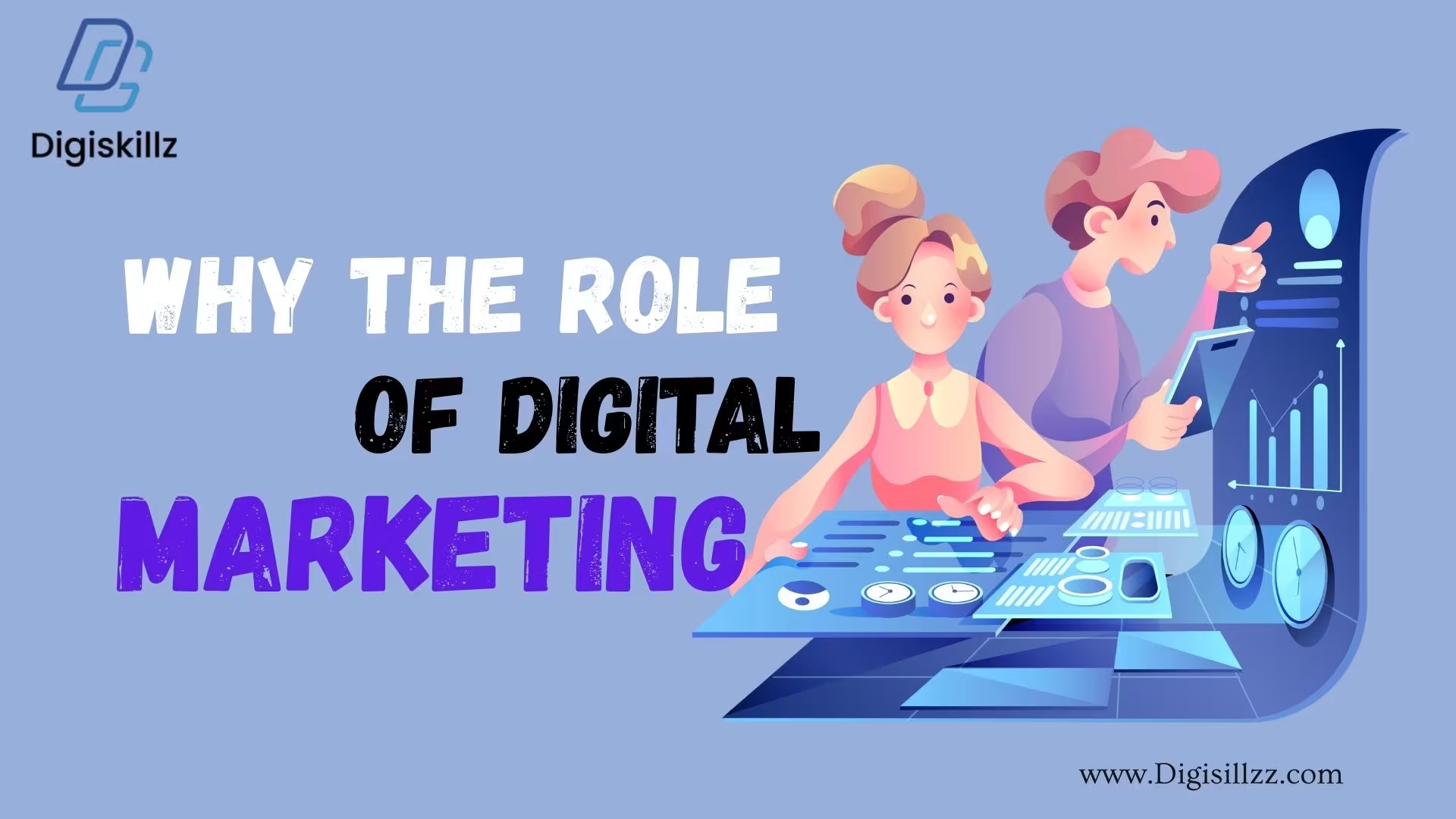

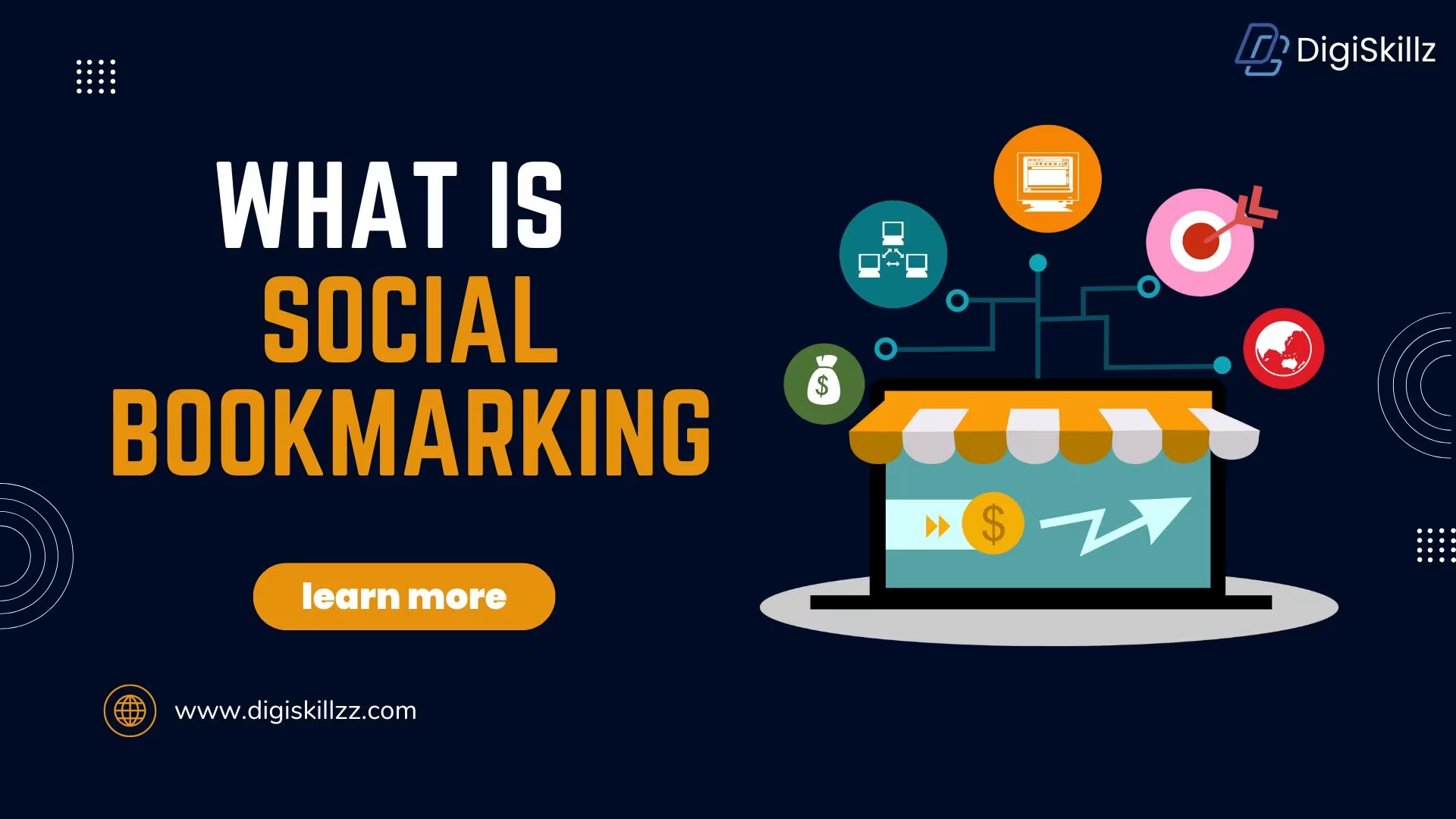

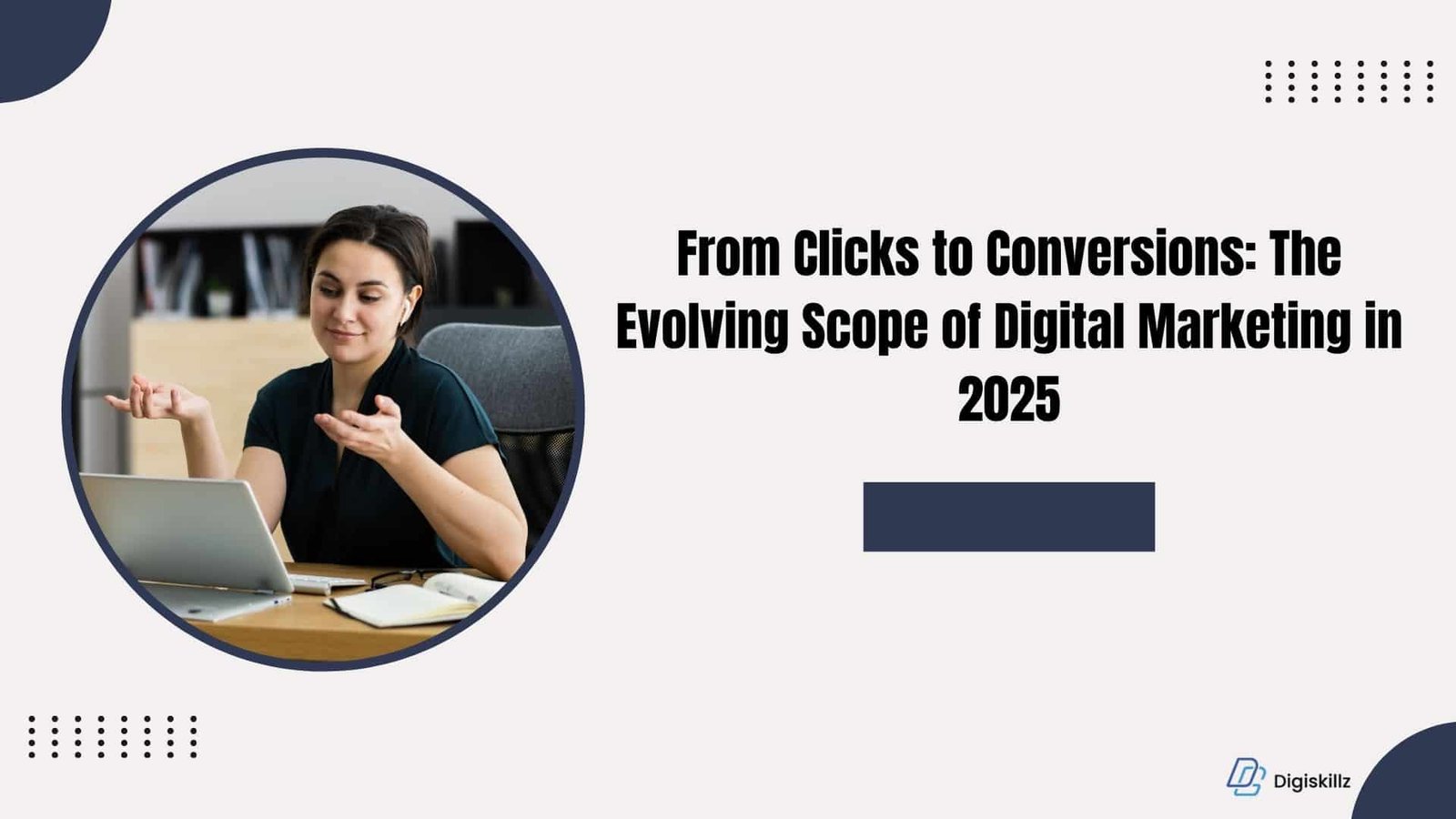
Leave A Comment